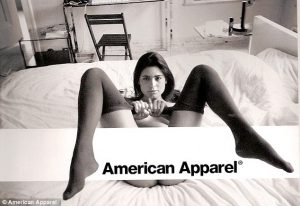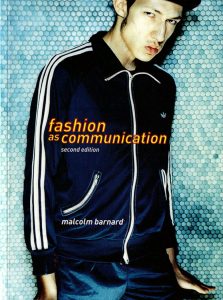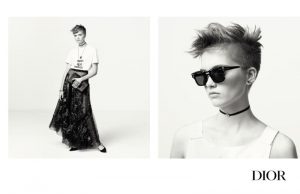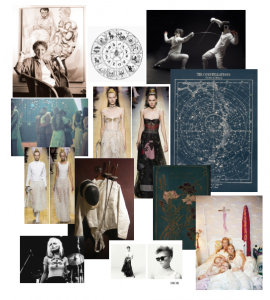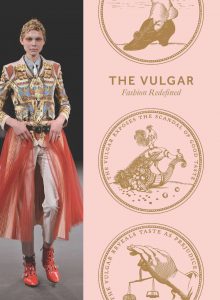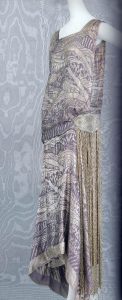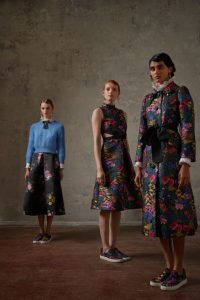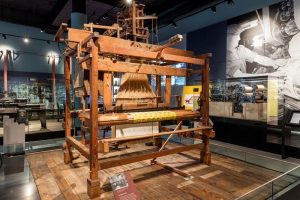I have thoroughly enjoyed attending the lectures each week and have found the research and communications module extremely educational. My writing style has seemed to improve and I think I have become more articulate when writing than when I first started this course. I have enjoyed most of the tasks and found each one beneficial for different reasons for example task 7/8 Reflective writing allowed me to develop my own writing through analysing another’s work, and task 1/2 Online Resources forced me to use different forms of researching available to me which I wouldn’t have explored otherwise.
I would like to reflect on some of the tasks which I think have helped me develop the most during this module. Task 1/2 Online Resources was a lovely starting point for this module as it opened up what the research and communication module would consist of. The Online Resources task exposed me to the basics of finding and using all forms of research media I could access such as the library but also online newspapers and websites. It also allowed me to practice comparing and evaluating different forms of research which I enjoyed. The task which I responded to the best and I thought produced the most development in my writing technique was task 7/8 Reflective Writing. Although I found reading the text difficult and tedious because of the constant repetition and backing up of points and ideas this task gave me the opportunity to evaluate someones elses work which I really enjoyed and I think benefited from. There were parts of the chapter which I found eye opening as I hadn’t considered some of the points made in the text before. Reading and analysing small details within another writer’s work made me analyse, develop and then adapt my own writing technique and style to become more formal and professional within my own response to there work.
My favourite task was task 9/10 Ethics as I found it to be the easiest and since, in the previous task, I had developed my writing technique to a stage that I was happy and this task took on that form. I enjoyed this task the most because it derived completely from your own opinion and assessment of an image. I found it odd talking about such a sexual image yet it gave me the chance to really think about how the advert made me feel knowing that this had been publicly released and advertised. I found it different from task 5/6 Visual Research as it wasnt so much about pulling apart every detail of the image, like Visual Research, more about analysing the meaning of the advert and how imagery like this is insensitive. This task made me consider what was crossing the line in fashion from an Ethical point of view and recognise that you have to take responsibility for your actions in industry and even now as a student.
Overall I found this module very educational and a steep learning curve in the way that I research and present my findings. I now love my writing technique and enjoy reading my work however I do still have areas I would like to improve on within my writing that I can touch on in the next semester.

